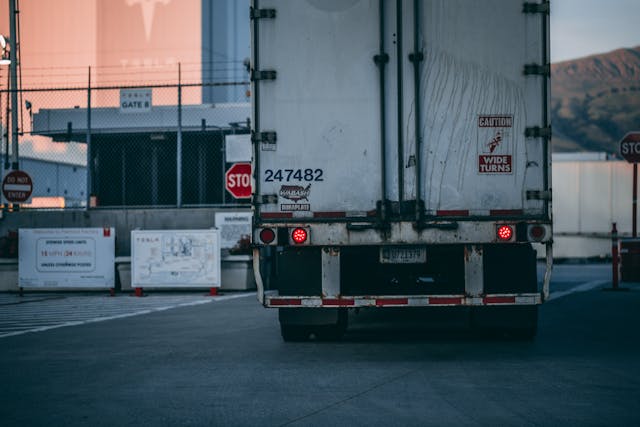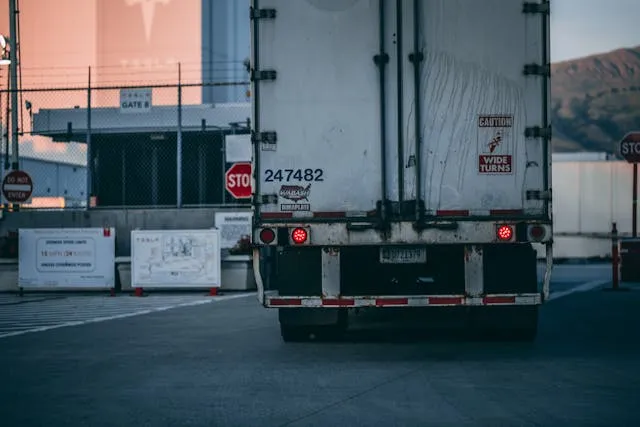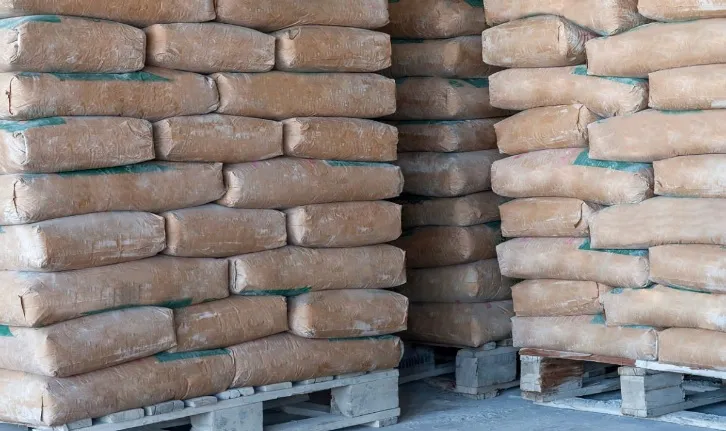The transport of chemical products is a process that requires special attention and care. From the moment chemicals are produced, through their packaging, to delivery to the destination, each step must meet rigorous safety standards. Packaging plays a key role in ensuring that the transport is carried out in compliance with regulations and in a way that minimizes the risk of accidents and contamination. The packaging must not only be durable but also meet a range of regulations and standards designed to ensure the safety of users, transport, and the environment.
Safe Transport of Chemical Products – Which Packaging Meets the Highest Standards?

What Are the Basic Standards for Packaging Chemicals?
The basic standards for packaging chemical products primarily include the GHS (Globally Harmonized System of Classification and Labelling of Chemicals) regulations, which help in the uniform classification and labelling of substances. In Europe, the key regulation is REACH (Registration, Evaluation, Authorisation and Restriction of Chemicals), which imposes numerous obligations on chemical producers and importers. In terms of transport, the International Maritime Dangerous Goods (IMDG) Code and UN guidelines are particularly important, as they define the rules for packaging, transportation, and labelling of hazardous chemicals. These standards not only protect people working in the industry but also the environment, making them essential aspects of the transportation process.
What Materials Are Most Commonly Used for Chemical Packaging?
Materials used for chemical packaging must be resistant to the substances they contain. In the chemical industry, the most commonly used packaging materials are metal, glass, plastic, and composite materials. Metal packaging, such as aluminum or stainless steel, is ideal for highly aggressive chemicals that could destroy other materials. Glass packaging is preferred where chemical purity is crucial, making it perfect for expensive and contamination-sensitive substances. Plastics such as HDPE or PP are popular due to their light weight and resistance to many chemicals. Composite packaging, made of various materials, combines the advantages of each, offering more options for customization to specific requirements.
What Features Should Packaging Have to Be Safe?
Safe chemical packaging should meet several key features. First, it must be leak-proof to prevent accidental spillage of substances, which is especially important for hazardous materials. Second, it must be resistant to chemicals, meaning it should not react with the contents and should not be damaged by high or low temperatures. Finally, the packaging should be appropriately labelled – labels must contain information regarding safety measures and the classification of chemicals according to applicable regulations.
What Technologies Help Ensure the Safe Transport of Chemicals?
In recent years, the development of technology has contributed to ensuring the safe transport of chemical products. Chemical packaging manufacturers use innovative materials that increase resistance to chemicals, as well as technologies that help monitor the condition of packaging during transport. Smart packaging equipped with sensors can provide information on temperature, humidity, and pressure, allowing for real-time monitoring of conditions. These solutions enable quick responses in case of emergencies and minimize the risk of serious incidents.
What Are the Challenges in Chemical Transport?
Transporting chemical products comes with numerous challenges related to legal regulations, safety, and environmental protection. As environmental awareness grows and regulations concerning environmental protection become more stringent, companies must adapt their operations to meet new legal requirements. This requires not only appropriate packaging but also employee training and the implementation of emergency procedures. Another challenge is the need for close collaboration among various entities involved in the supply chain to ensure compliance with safety and environmental standards.
What Principles Should Guide the Selection of Packaging for Chemical Transport?
The selection of appropriate packaging for chemical transport should be based on several key principles. First and foremost, it is important to understand the characteristics of the chemicals to be transported—their physicochemical properties, behavior under different conditions, and potential hazards. Attention should also be given to classification according to GHS and ADR systems, which will ensure proper labelling and the preparation of necessary shipping documents. When choosing packaging, it is also important to ensure its compliance with local and international legal regulations.
What Are the Differences Between Packaging for Dangerous and Safe Chemicals?
The differences between packaging for dangerous and safe chemicals are crucial for ensuring safety. Packaging for hazardous substances must meet much higher standards due to the risks associated with their transport. They require thorough practical tests, such as material strength and leak-tightness tests. Although packaging for safe chemicals does not need to meet such stringent standards, it should still provide adequate protection and prevent potential leaks or accidental release of substances.
What Are the Future Trends in Packaging for Chemical Transport?
In the face of global challenges related to green energy and sustainable development, the future of packaging for chemical transport lies in innovations aimed at reducing environmental impact. There is growing interest in bioproducts, eco-friendly materials, and recycling technologies. An example is the development of packaging materials that can be processed or are biodegradable after use. As the world becomes increasingly global and complex, flexibility and innovation will be key elements in designing future packaging for chemical transport.
What Are the Key Aspects of Implementing Chemical Transport Practices?
Implementing good chemical transport practices requires a series of actions that are harmonized at every level of the supply chain. Key aspects include conducting training for employees to increase awareness of hazards and teach them proper procedures in case of incidents. It is also necessary to provide appropriate personal protective equipment and use proper tools for loading and unloading chemicals. Furthermore, systems for monitoring and auditing processes related to chemical transport should be implemented to continuously assess the effectiveness of safety practices, which will allow for ongoing improvements.
When making decisions related to chemical transport, it is essential to consider not only legal aspects but also ethical and social ones. Safe transport of chemical products is crucial for public health protection and environmental conservation, and packaging is a fundamental element of this process. The proper choice of packaging and its correct use is a step towards increasing safety and efficiency in the transport of chemical substances.



